How Running Is a Guiding Force
For Emily Piercell fitness, weight training and running were a part of her life. Having cancer, left Piercell emotionally and physically exhausted, and not feeling like herself. Then, two years post-active treatment, it was running that helped her regain a sense of who she was, shining a light well beyond her recovery. Piercell shares her story, along with how running can be a guiding light through the challenging journey of cancer recovery.
Why Running
I have been a runner, although not a great one, since high school. In my senior year I came in last in every race but I finished every one I started and would get that one point for my team. During university I continued by running three half marathons. After that, I needed a break, so I took up weightlifting and hired a personal trainer. About two years later I was diagnosed with breast cancer. All I could physically do most days was force myself to walk, even if it was just around the block on my worst days. During my year and a half of cancer treatments, I felt like I had a super steep and daunting hill to climb to get back to my strong pre-cancer self. I wasn’t sure it was possible.
While I was recovering from my fourth surgery in about a year, I received an email from the Running Room to join a free Survivorship Clinic for breast cancer survivors to learn how to run. I immediately signed up, thinking at least it was a starting point.
The first night of the clinic I had to walk because I didn’t get the go ahead to start exercising again from my plastic surgeon. Since that first night, I completed the Survivorship Clinic with a 5km race, joined the 10km clinic, ran my first 10km race in December and have joined the half marathon clinic, training for my first half marathon in seven years and more importantly, since my body has had to start over. Every week I’m amazed at how much I’ve improved since last summer, and it’s made me energized for my future. I’m even starting to accept my new body.

It’s All About Support
I run three times a week with the Running Room as part of the half marathon clinic. It is inspiring to be in a room with so many devoted runners, ranging in ages, shapes and abilities. Everyone is there because of their love of running. I feel lucky that I am now a part of this supportive community.
I am also lucky because in my family, running has always been a group activity. For my second half marathon in 2011, me and my four sisters ran it together, all of us wearing the same red shirts to make us stand out. We are going to recreate that this May when we all run the Toronto Goodlife Half Marathon together, as a step forward from the hellish last few years.
You Can Achieve Actual Goals
I like setting attainable goals for myself as it keeps me motivated to strive for the next goal. Running does that for me. Back in the Survivorship Learn to Run Clinic, every week we increased the number of minutes of running without a break. We ran for a minute then walked for a minute in week one and increased the running portion every week until we were running for 10 minutes straight. Anyone can do anything for one minute. It was daunting in week one anticipating what was to come but every week we achieved our goal. Now my Sunday long runs are increasing by kilometres each week, which again seems scary but this past weekend we ran an “easy” 14km. I am so proud of myself for even being able to call a 14km run “easy”.
Runner’s High is Real
To be honest, I have a love-hate relationship with running. On the one hand, runner’s high is an actual thing. I could be dreading a Sunday long run before I start but once I’m in the rhythm of the run, which comes most days, it feels so great. It is like a meditation. I focus on my breathing and how my body feels and my worries just float away for that hour.
However, running is also mentally tough. There are days when I don’t find my rhythm and my legs feel like they have weights attached to them. These are the days that I have to practice my self-love and mental toughness. I focus on the reasons why I’m running, what my goals are and remind myself where I was just a year ago.
Another hurdle I have to jump due to running is continuous joint pain, which is a side effect of the hormone therapy that I am undergoing for hormone-receptor positive breast cancer (that will probably last for another eight years). Some days my body feels like an 80-year-old’s because every joint in my body feels so stiff and achy. Although this sucks, it is my new reality and I have to learn how to live with it. Some of the things that have helped me are baths after my long runs, taking the time to stretch and being consistent and running at least three times a week.
Even though I was able to do more push-ups pre-cancer, I know that I am cardiovascularly more fit now. My clothes are starting to fit differently, I’m slowly shedding pounds and I’m getting my confidence back. I’m trying to be kinder to myself and accept what my body has gone through. I will never be the same person as I was before my breast cancer diagnosis but with time, I’ll be even better.
What you need to know before you start:
- Get your doctor’s approval to start any strenuous exercise.
- Get proper gear: I have lymphedema in my right arm and hand so I have to wear a compression sleeve and gauntlet to do any exercise.
- Walking is ok and actually encouraged by the Running Room.
- Some days you’ll want to quit but every run offers up a clean slate. Just keep putting one foot in front of the other.
- Don’t take it too seriously and have fun!









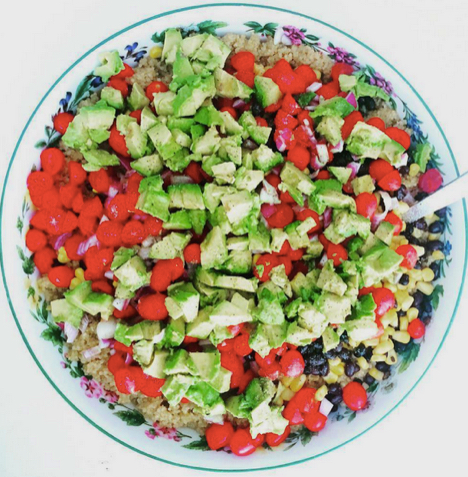



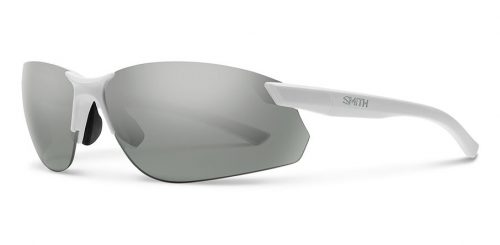
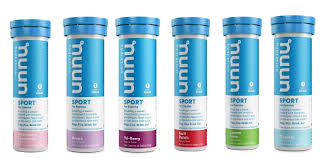
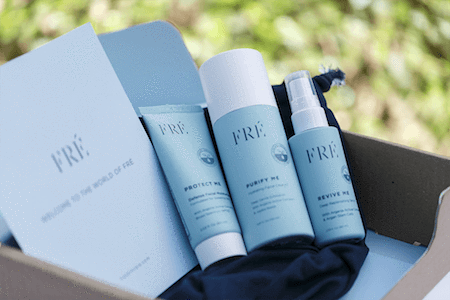
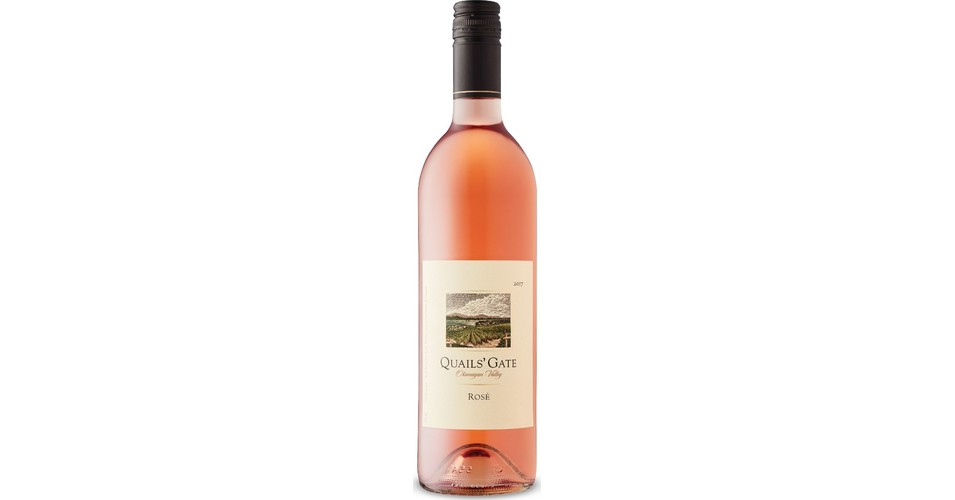

 Our Magazine
Our Magazine
